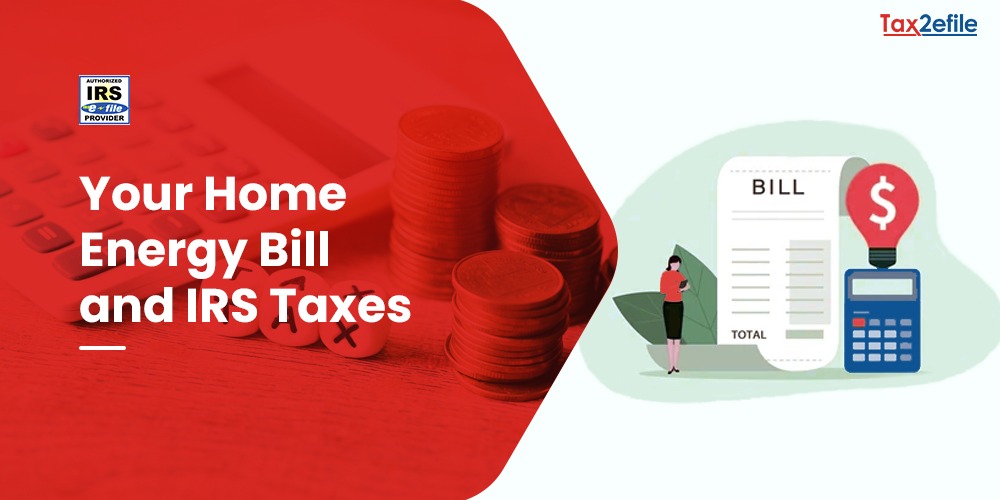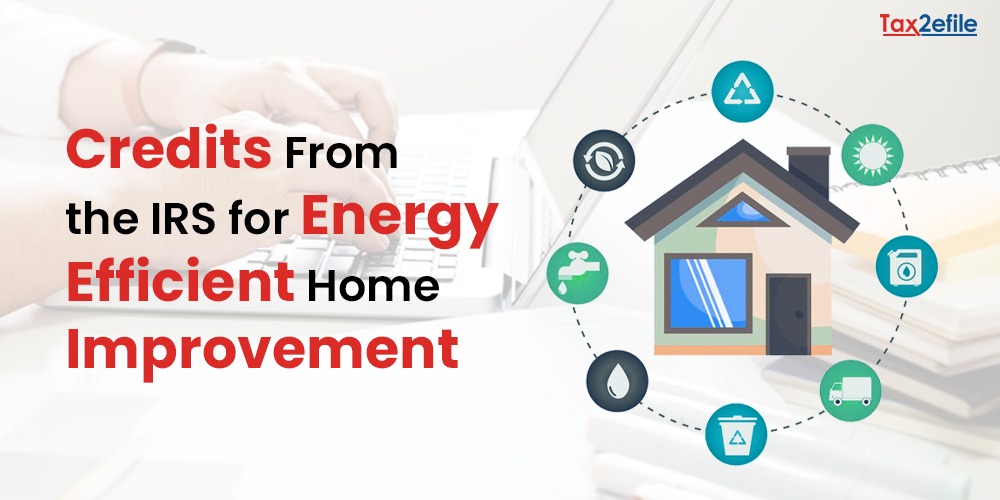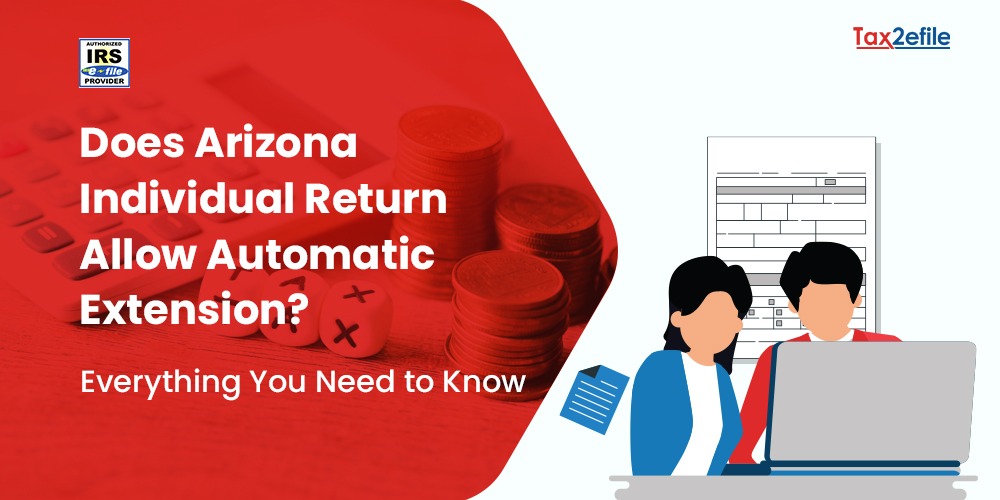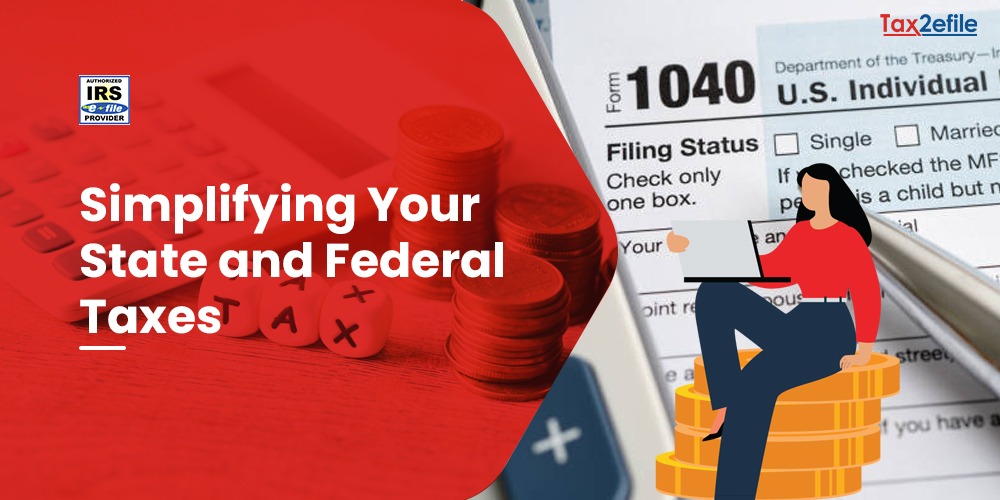- October 1, 2024

It is now possible to avail tax credits on qualifying expenses on home improvements, which citizens can make use of as their tax saving opportunity. The types of qualifying expenses and the amount of credit that the citizens can avail of have been given in detail in the Inflation Reduction Act of 2022. Residents will be able to claim their energy efficient home improvement credit or their residential clean energy credit on their energy bill, for one year if they are making any qualifying improvements on their home for real. Homeowners who spend on improving their primary residence will be able to claim the credit for all the qualifying expenses they make. People who stay at a home for rent will also be able to claim these credits. However, improvements made on a property that is not used as a residence will not be eligible for this claim.
Table of Contents
Home Improvement Tax Credit For Attaining Energy Efficiency
Homeowners and those who stay at a residence for rent will be eligible for tax credits if they make purchases of energy-efficient products and appliances. The expenses made on the following units of the home will be eligible to avail tax credits, and this includes,
- Exterior windows, doors, skylights, and home improvement insulation materials.
- On purchase of energy-efficient water heaters, furnaces, air conditioners, heat pumps, and boilers
- On the purchase of biomass stoves and boilers.
The amount of credit that the IRS would pay the homeowner will be a percentage of the total home improvement expenses that have been made in the year of making the installation. For the year 2022, the credit amount is up to 30%, up to a maximum of $500. For energy upgrades made in the year 2023 through 2032, the tax credit would be 30%, up to a maximum of $1299 with no lifetime limit. The appliances that qualify for these tax savings on the energy bill are biomass stoves, heat pumps, and boilers.
Clean Energy Credit for Residences
Expenses of households on clean energy will also qualify for tax cuts, and these are limited to the purchase and use of solar water heaters, fuel cells, solar, wind, and geothermal power generation units, and battery storage units. The amount of credit that an individual can enjoy on their energy bill is actually the percentage of the total improvement expenses that the individual has made during the year of installation.
For instance, for installations made between the years 2022 and 2032, the tax cut would be up to 30%, with no annual maximum limit and no lifetime limit. Similarly, for installations made from the year 2033, the taxpayer can avail up to 26% of tax cuts with no annual maximum and lifetime limits, and for installations made after the year 2034, there would be a cut of 22% with no lifetime and annual maximum limits.
Credits from the IRS for Energy-Efficient Home Improvement
The Internal Revenue Service has announced that taxpayers who have made qualified and energy-efficient improvements on their homes after January 2023 can qualify for a tax credit of up to $3200 on their energy bill. They are free to claim this tax credit for the home improvement initiatives they have made through the year 2032.
For the home improvement initiatives that were taken before the year 2022, they can avail tax credits that equal 30% of the qualified expenses beginning from 1st January 2023, using the tax Form 5695. They can avail credits on their energy bill for the qualified energy efficiency improvements that they have made during the year, for home energy audits, and expenses made towards energy conservation of residential properties.

However, there are limits on the annual credit that is allowable and the amount of credit to be allowed on certain types of qualified expenses. The credit is allowed only for a qualifying property placed in service on or after January 1st, 2023, and before January 1st, 2033. The maximum credit that the property owners can claim every year is as follows.
- They can claim up to $1200 for energy costs spent on the property and on certain energy-efficient home improvements, but with limits on doors, windows, and home energy audits.
- They can claim up to $250 per door, $600 for windows in total, and $150 on energy audits conducted on the home.
- They can also claim $2,000 per year for installing qualified heat pumps, biomass boilers, and stoves.
The credit on the energy bill, however, has no lifetime dollar limit, and homeowners can claim their maximum annual credit every year they make eligible home improvements until 2033. This credit given by the IRS is non-refundable, and thus, homeowners cannot get more on the credit that they owe in taxes. Also, taxpayers will not be able to apply any excess credit towards their future tax years.
Who Will Qualify for IRS Tax Credits?
Taxpayers can claim the credit for energy-efficient home improvement for the improvements they have made to their main home. In this context, the main home refers to the home in which a person lives most of the time. In order to avail of the energy efficiency home improvement credit, the home must be located within the United States, and this should be an existing home that one should improve or add onto, and not a new home. The home should be one’s primary residence, where one lives for the majority of the year. Also, it is not possible to claim the credit on the energy bill, if one is a landlord or other property owner who does not live in the home.
If the property that one resides in is used solely for business purposes, then it is not possible to claim the credit. Also, if one uses their residence partly for business purposes, then the credit eligibility for their clean energy expenses would be calculated as follows.
- For businesses that use up to 20% of their residence for business purposes, full credit would be offered.
- For businesses that make use of more than 20% of the space in their residence, the credit would be based on the share of the expenses that are allocable for non-business purposes.
Qualified Expenses and Credit Amounts
Home improvements must meet energy efficiency standards and include new systems and materials that are not used to qualify for energy bill credits. The home improvements also feature specific credit limits.
Building Envelope Components
To qualify for energy credit, the building envelope component should have a specific lifespan of at least 5 years. These qualified components will include the exterior doors that meet the Energy Star requirements as established in the energy bill. The credit would be limited to about $250 per door and should not exceed $500 in total.
The exterior windows and skylights that we install should meet the Energy Star certification requirements. The total credit should be limited to $600 in total. The air sealing and insulation materials and systems that we use should meet the International Energy Conservation Code Standards, which are in effect at the start of the year, about two years prior to the installation of the same.
The materials or systems installed in 2025 must meet the IECC standards in effect from 1 January 2023. These items, however, do not have a specific credit limit apart from the maximum credit limit of $1200. Also, the labor costs of installing the building envelope components will not qualify for the credit.
Credits on Home Energy Audits
Conducting home energy audits for the main home might qualify for a tax credit of up to $150. In order for the home to qualify for audit,
There must be a written report regarding the energy inspection. It should also identify the significant, cost-effective, energy-saving improvements to the home, including an estimate of the cost and energy savings. Also, the energy audit should have been prepared by a home energy auditor.
The written report should be prepared and signed by a qualified home energy auditor. It should be consistent with industry best practices. It should include the auditor’s name, EIN, the fact that the auditor is certified by a qualified certification program, and the name of the program.
Residential Energy Property
All the residential energy properties capable of meeting the Consortium for Energy Efficiency are installed at the beginning of the year, during the installation of the property, and they qualify for about $600 per item. This cost will also include the labor spent on installation. The qualified property includes the new central air conditioners, natural gas, propane, or oil furnaces, water heaters, and hot water boilers. The limit on energy saving is $600 per item.
While calculating the energy credits for the installation of environmentally friendly appliances, it is important to subtract the subsidies, rebates, and other financial incentives from the expenses of the qualified property, as they are not considered a purchase price adjustment. Rebates are also subtracted from the qualified expense if the rebate is calculated on the basis of the property cost or if it comes from anyone connected with the sale, such as a distributor, manufacturer, installer, etc. Taxpayers can claim their energy bill through Form 5695 for the tax year during which it was installed and not merely purchased.


